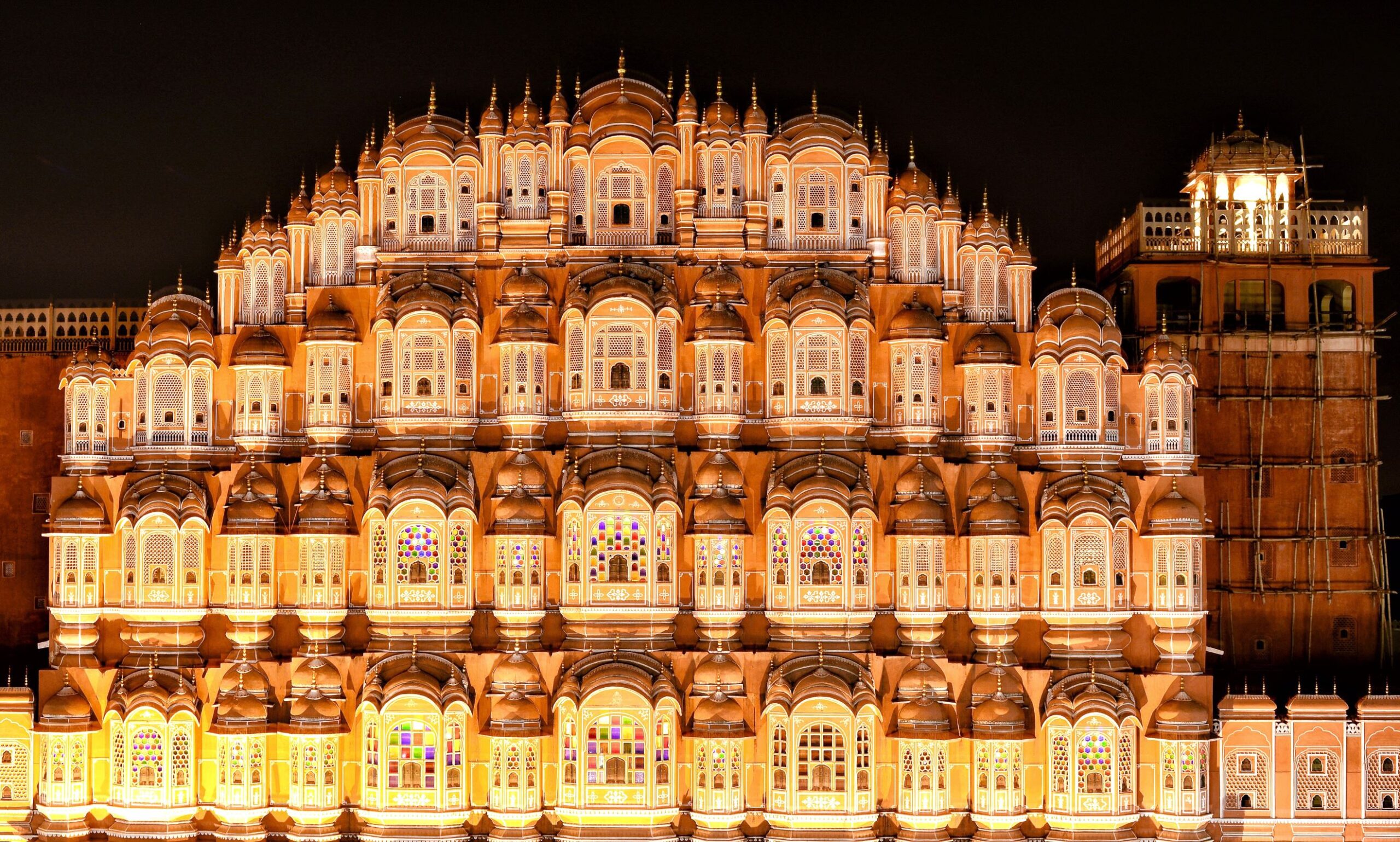Jaipur, India
Jaipur is the capital city of the Indian state of Rajasthan, and is known for its rich history and cultural heritage. The city is home to over 3 million people, and is a major economic and cultural hub in the region.
Jaipur has a long and storied history, and was founded in the 18th century by the Rajput ruler Sawai Jai Singh II. The city is known for its architectural and cultural attractions, such as the Hawa Mahal, the City Palace, and the Jal Mahal. These attractions offer visitors a glimpse into the city’s rich history and cultural heritage, and are a must-see for anyone visiting Jaipur.
The weather in Jaipur is hot and dry for most of the year, with temperatures reaching up to 45 degrees Celsius (113 degrees Fahrenheit) in the summer months. The best time to visit Jaipur is during the winter season, from November to February, when the weather is cooler and more pleasant.
In terms of activities and attractions, Jaipur has a lot to offer visitors. The city is home to a number of historical and cultural attractions, such as the Hawa Mahal, the City Palace, and the Jal Mahal. These attractions offer visitors a glimpse into the city’s rich history and cultural heritage, and are a must-see for anyone visiting Jaipur.
The city is also home to a number of museums and galleries, such as the City Palace Museum and the Albert Hall Museum, which offer a range of educational and interactive exhibits on the history and culture of the region.
In addition to its historical and cultural attractions, Jaipur is also home to a number of natural attractions, such as the Nahargarh Biological Park and the Sisodia Rani Garden. These attractions offer visitors the opportunity to see a range of flora and fauna, and to enjoy outdoor activities such as hiking and birdwatching.
Overall, Jaipur is a city with a rich history and cultural heritage, and is a must-see destination for anyone interested in learning more about the culture and history of India.
The people of Jaipur are known for their warm and welcoming nature, and for their rich cultural heritage. The city is home to a diverse population, with a mix of different religions and cultures. The people of Jaipur are known for their love of food and their passion for art and music.
Jaipur is home to a number of traditional and modern restaurants and bars, offering a range of cuisines from around the world. Some of the local dishes to try in Jaipur include daal baati, which is a dish made of lentils and wheat balls, and ghevar, a sweet dessert made with flour and sugar syrup.
In terms of the cityscape and buildings, Jaipur is known for its historic and cultural attractions, such as the Hawa Mahal and the City Palace. The city is also home to a number of modern buildings, such as the World Trade Park, which offers a range of shopping and dining options.
Jaipur is located in the northern state of Rajasthan, which is landlocked and does not have any beaches. However, the city is surrounded by forests and mountains, such as the Nahargarh Biological Park and the Sisodia Rani Garden, which offer visitors the opportunity to see a range of flora and fauna, and to enjoy outdoor activities such as hiking and birdwatching.
When traveling to India, there are a few customs and traditions that travelers should be aware of in order to avoid offending anyone or causing unintentional disrespect. Some of these customs and traditions. In India, it is considered rude to touch someone without their permission, especially if they are of the opposite gender. It is also considered rude to point with your index finger, or to show the soles of your feet, as these actions are seen as disrespectful.
It is important to dress modestly, especially in religious or cultural sites. This means avoiding clothing that is revealing or tight-fitting, and avoiding wearing shorts or skirts that are shorter than knee-length. It is also important to avoid wearing clothing with offensive or inflammatory messages or images.
In India, it is considered rude to eat with your left hand, or to pick up food with your fingers. Instead, it is customary to use utensils, or to tear off a piece of bread and use it to scoop up food. It is also important to avoid eating or drinking in public during the hours of prayer, which are typically around sunrise and sunset.

